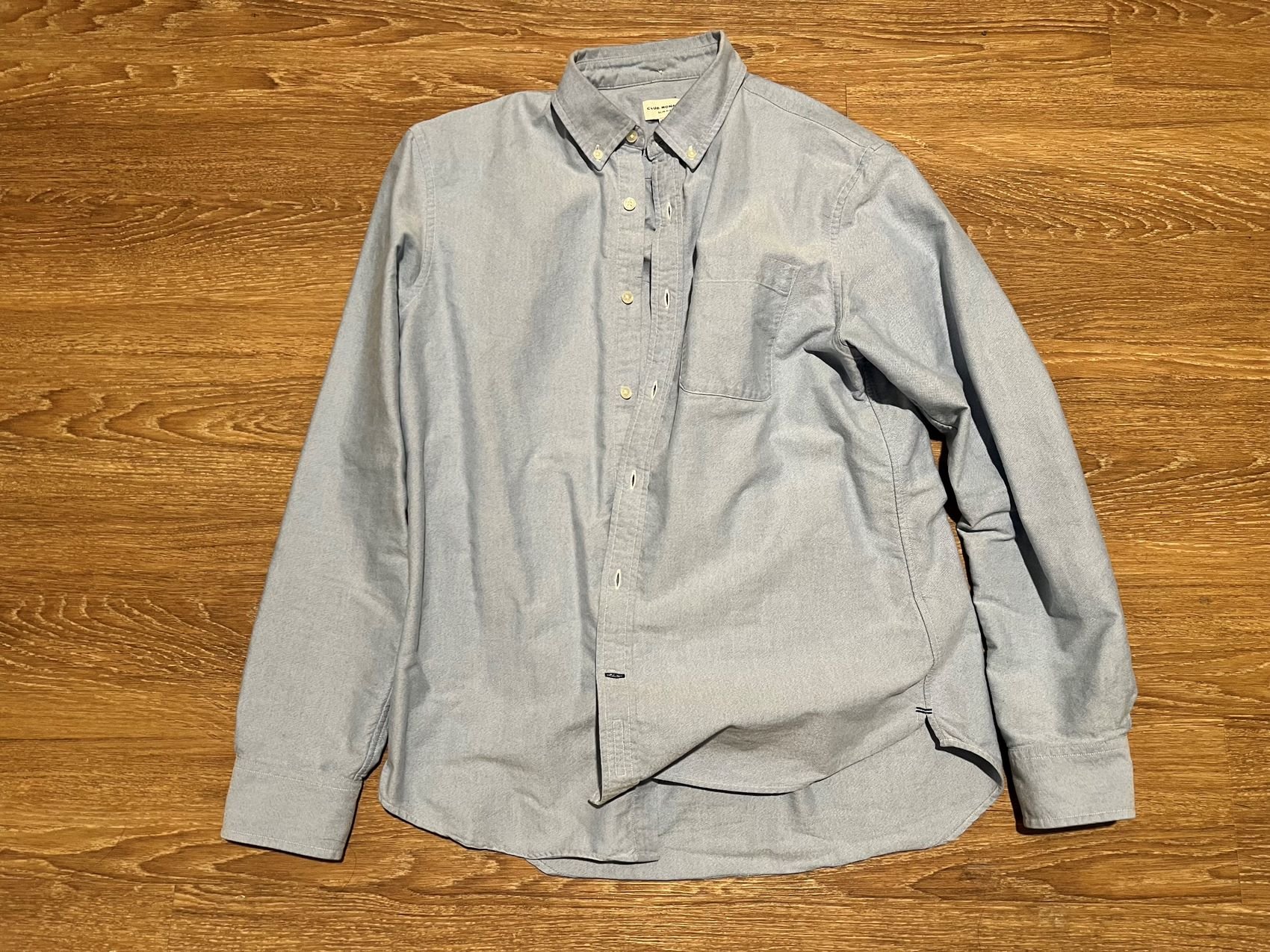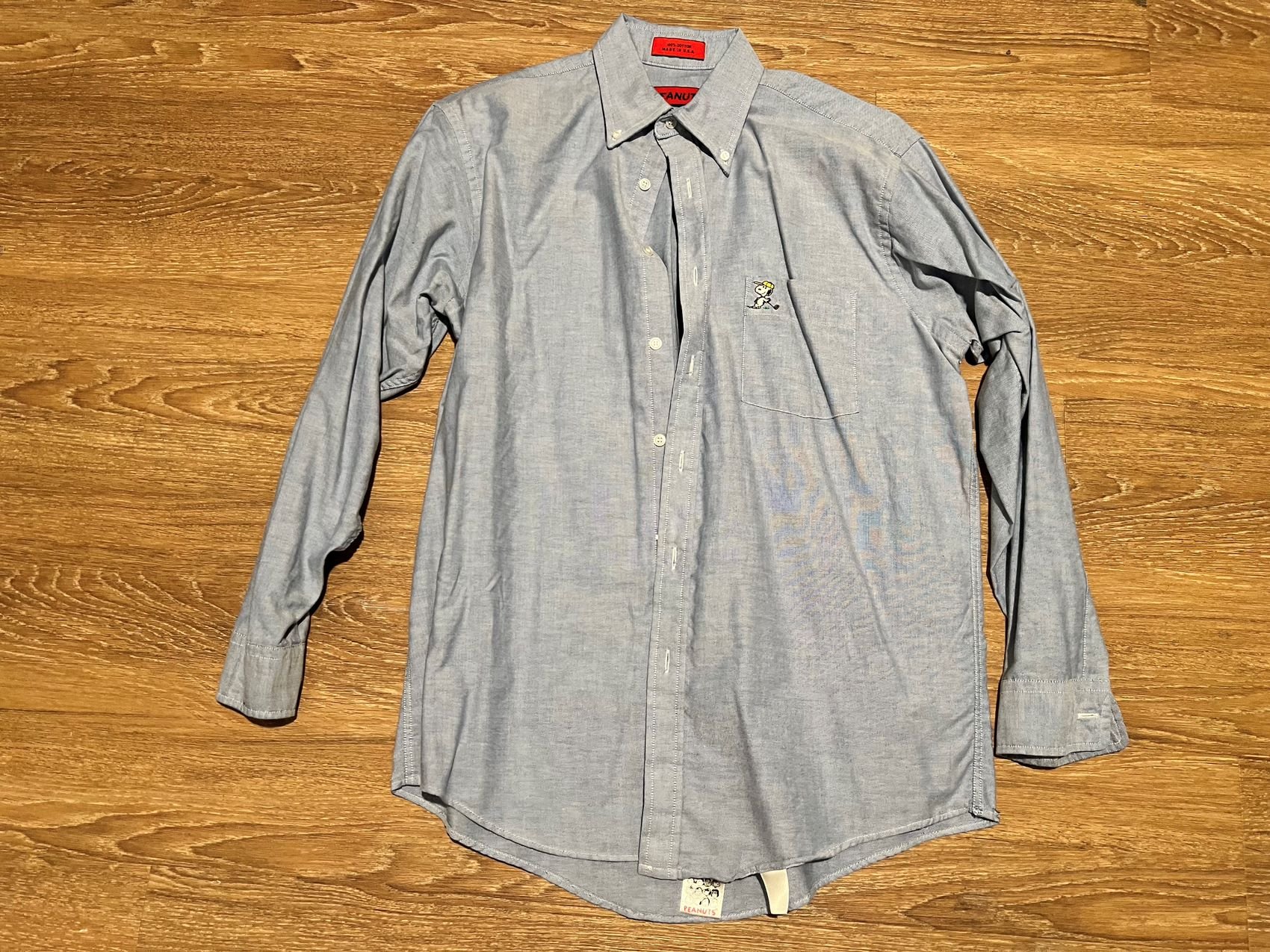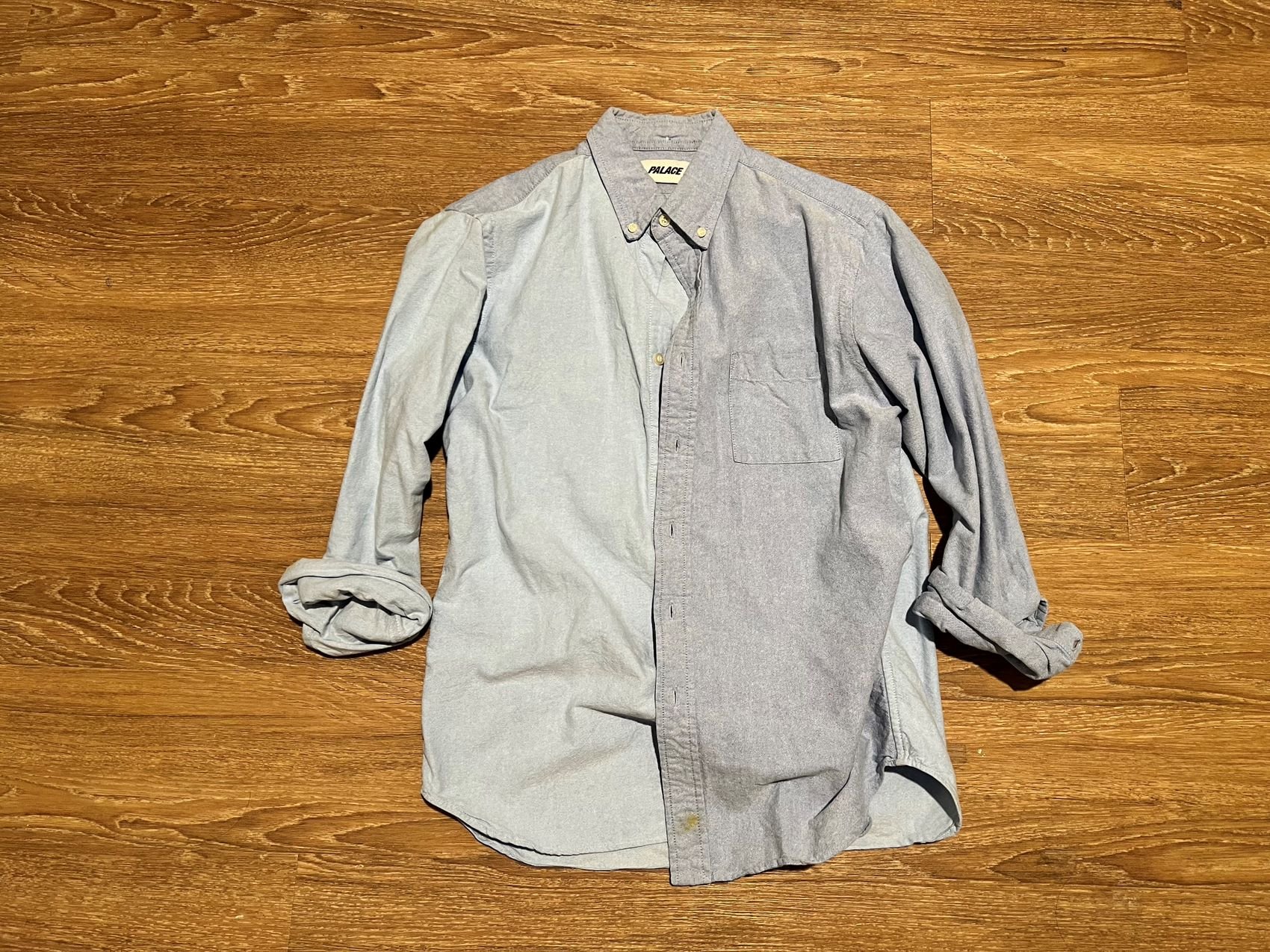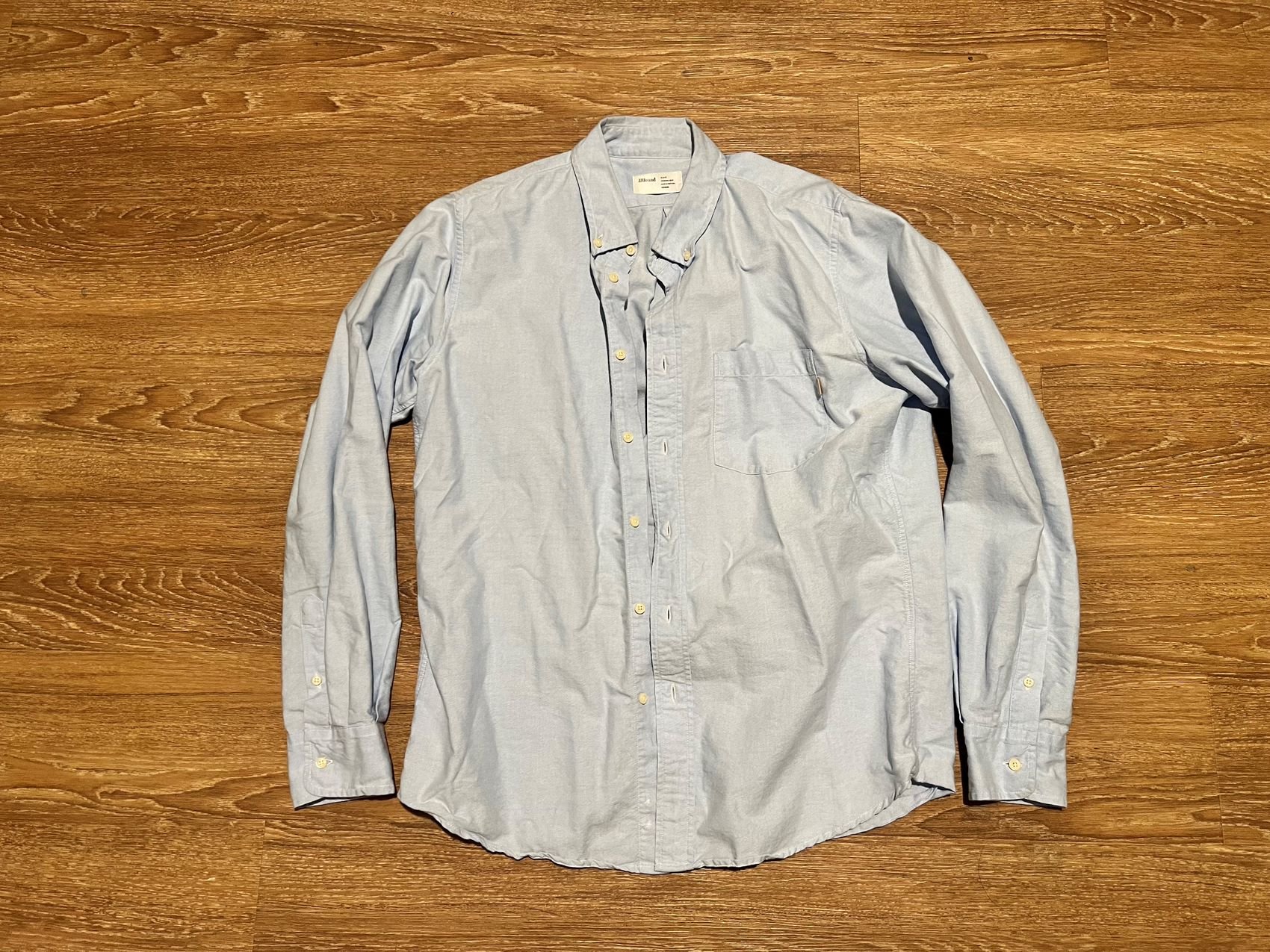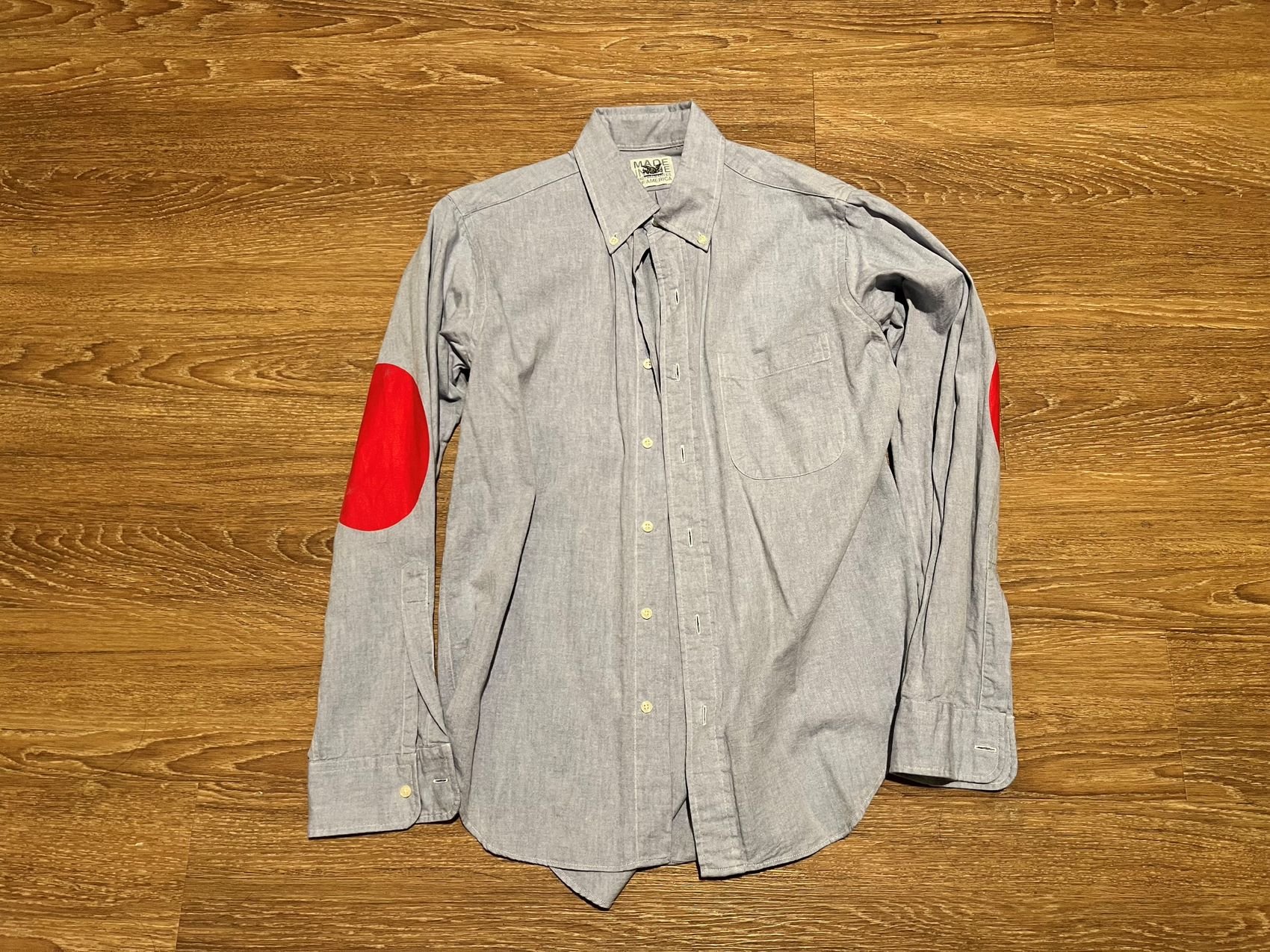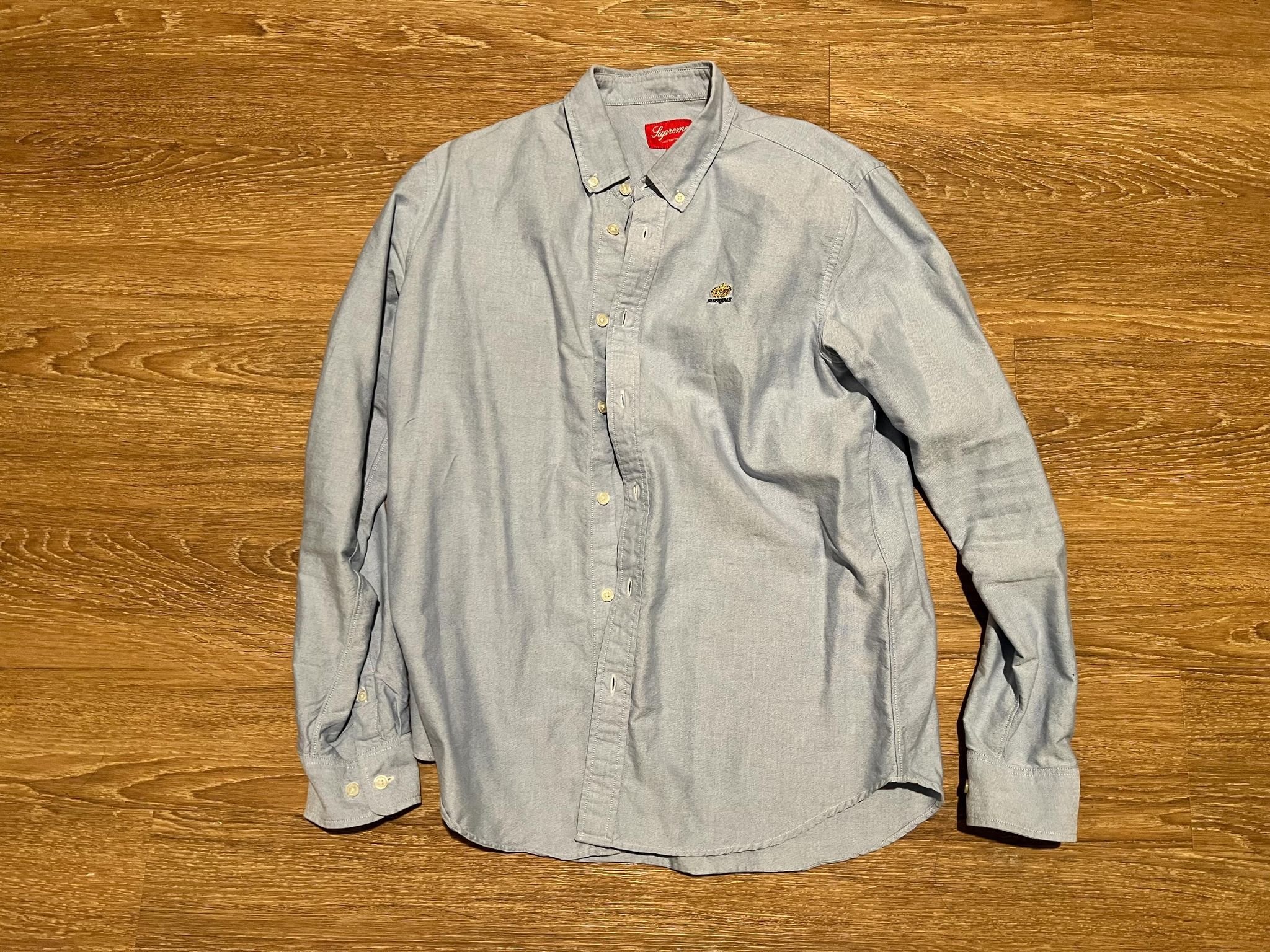Light Blue Oxford Cloth Button Down, the Very Definition of a Menswear Staple
the weave
Early Beginnings
The history of the Oxford shirt extends far beyond its initial origins in 19th-century Scotland, defying the expectation set by its name (not coming from England). During this period, Scottish weaving mills engaged in intense competition within the textile industry, driving continuous experimentation with fabric structures.
Engineered Garments 19th century BD shirt in lightweight Oxford Cloth
In a strategic move to innovate and market their products, a particular mill introduced a line of shirting fabrics featuring diverse weave structures. Cleverly, each design was named after a prestigious university, comprising fabrics named Yale, Harvard, Cambridge, and Oxford.
While the other three textiles swiftly faded into obscurity due to poor sales, the Oxford design followed a different path. Experiencing a surge in popularity, it became the namesake of the Oxford shirt, defining its distinctive features. Oxford fabric, known for its basket weave structure utilizing two different yarns—one heavier and the other finer, occasionally in two colors—results in a unique weight, patterning, and texture.
Close up of the oxford weave fabric
Practical Appeal of the Oxford Cloth Weave
Initially valued for its aesthetics, the Oxford shirt's simple yet distinctive appearance resonated with many. Originally conceived as a collared, button-down garment paired with a suit and tie, the Oxford shirt's comfort and breathability set it apart from other, stiffer shirting textiles.
Beyond its visual appeal, the Oxford shirt found practical applications. Polo players in the early 1900s embraced Oxford shirts for their comfort and suitability in sportswear. This era witnessed the emergence of two distinct styles: the traditional pointed collar for formal wear and the enduring button-down collar.
Polo players, aiming to prevent collars from flapping during games, added buttons to secure them—a feature that remains popular in casual designs today. While Oxfords were eventually replaced in sportswear by knitted polo shirts, the button-down style persisted.
A Casual Transformation
Despite falling out of favor among polo players, Oxford shirts retained high popularity among spectators, especially wealthy Ivy League students. In the 1950s, a shift toward casual styling emerged, with Oxford shirts worn untucked, sleeves rolled up, and paired with shorts—an early manifestation of "sport casual."
The 1960s marked a departure from formal attire in fashion, and the Oxford shirt seamlessly embraced this transition. Casual yet sophisticated, the garment became a men's wardrobe staple. Even President Kennedy contributed to its prominence by incorporating it into his wardrobe.
John F. Kennedy
Steve McQueen
Miles fucking Davis
This iconic look endured, undergoing minimal change in mainstream men's fashion. Oxfords became so beloved that women began adopting them as well. A trailblazer in this transition, Ralph Lauren reinterpreted the shirt's tailoring for the female body, crafting a fitted and polished design that retained a casual feel. Inspired by the fit of a boy's tweed jacket on his wife, Lauren's inaugural venture into women's wear was the classic Oxford shirt.
My Own Love for the Shirt
This shirt, damn. I love this shirt. I love this fabric. If I don’t know what to wear, then I will wear a LBOCBD (light blue oxford cloth button down). An oxford cloth shirt can come in many and any colors. Colors can be mixed and matched and they have, i.e. the fun shirt. They can be patchwork, modified, and the fabric can be used in any configuration. Junya Watanabe makes some of my most favorite versions of the button down shirt by mixing in military design and, military fabrics and camos. This shirt can also be abused and worked in, thus its early uses as actual sportswear. Here is a few of my “daily driver” shirts that I use for anything and everything.
Mcnairy, JJJJound, Supreme, Club Monico, Tanuki, Peanuts, Palace….
Just a small portion of my collection.
How did it get to this? Where did I learn to love this color, specifically? It was a combination of my dad being in the military and mistaken identity. Back in the day, the navy uniform for enlisted sailors was dungarees, chambray shirt, dixie cup hat, black steel toe boots. I thought it looked amazing on my dad. It made him look….”manlier” (?) I guess. But i loved the shape, silhouette, the color. When my mom brought us to our yearly Burlington Coat Factory trips, she would always outfit my older brother and I in color. Splashes of color in plaids and madras and nothing solid, for some reason. When I saw the light blue oxford shirt just hanging there and it was in my size. Everything around me cut off. My mom asking me if I liked it or if there is a different one. I ignored everything around me and held onto the shirt even after it was bought. I was gonna look like my dad. I was just a kid, I didn’t know any better.
US Navy chambray (NOT oxford cloth) shirt
This was just another lesson I learned, moving along the ups and downs of a very turbulent life.
Thirty years long.






